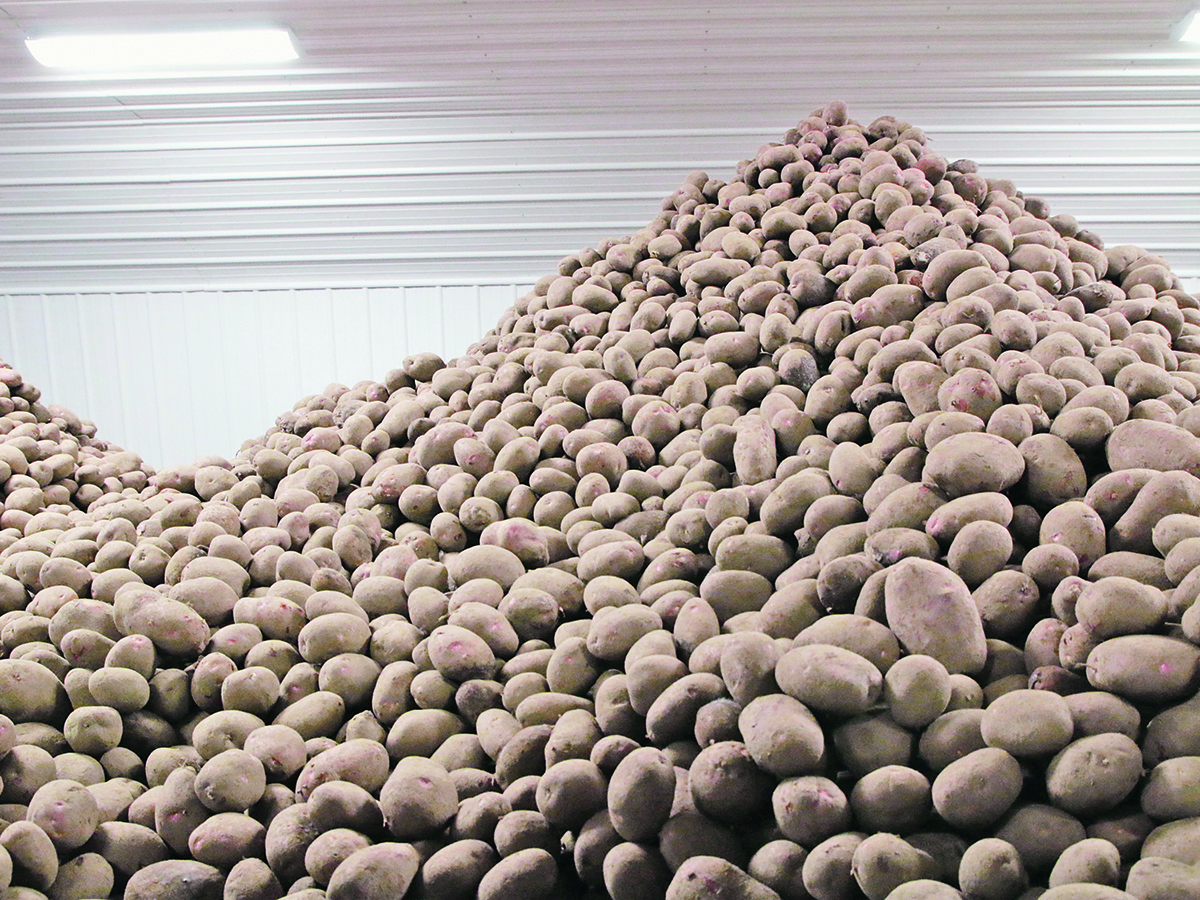Potential remains ‘unrealized,’ despite signing trade agreements and opening a new trade office in the Philippines
WINNIPEG — Canada could be missing out on $1.6 billion in annual exports of wheat, frozen potatoes, meat and fertilizer to Southeast Asia.
That nugget of data comes from the International Trade Centre (ITC) and Farm Credit Canada, which have studied the potential of agriculture and agri-food exports to Southeast Asian nations.
The FCC is a known entity in Canada’s ag industry, but the ITC is less familiar. For the last 60 years, it has worked with developing countries to “transform their economies through trade,” its website says.
Read Also

Short rapeseed crop may put China in a bind
Industry thinks China’s rapeseed crop is way smaller than the official government estimate. The country’s canola imports will also be down, so there will be a lot of unmet demand.
In a report published this November, FCC said Canada has a history of large potash shipments to Southeast Asia, but exports of fertilizer and food could be much larger.
“According to the ITC, Canada is currently underperforming in our exports of potassium chloride, a high-value commodity, to Indonesia, Malaysia, Thailand, Vietnam and the Philippines,” FCC says.
“We are also exporting less wheat than we could have to Vietnam and the Philippines, and lower volumes of swine cuts to countries like Singapore and Vietnam.”
More broadly, the Association of Southeast Asian Nations region represents a future opportunity for fertilizer and agri-food from Canada.
ASEAN represents 10 countries: Brunei, Cambodia, Indonesia, Laos, Malaysia, Myanmar, the Philippines, Singapore, Thailand and Vietnam.
Nearly 700 million people live in those nations, a part of the world that’s becoming wealthier.
“(It) is one of the world’s fastest-growing economic regions, with real GDP projected … to grow 4.6 per cent in 2024 and 4.7 per cent next year,” FCC says.
Thanks to trade agreements, Canadian agri-food and fertilizer exports should be growing in Southeast Asia. Canada is part of the Comprehensive and Progressive Agreement for Trans-Pacific Partnership, an 11-country trade pact that includes Vietnam, Malaysia, Singapore and Brunei.
As well, Canada and Indonesia announced in November that they had signed a trade agreement, which could give Canadian exporters an edge in a market of 288 million people.
“If you look at our competitors … Australia already has an agreement like this with Indonesia, but the U.S. doesn’t … so it’s very helpful for us to be ahead of the U.S.,” said Michael Harvey, executive director of the Canadian Agri-Food Trade Alliance.
“In meat, cereals, pulses, there are broad opportunities.”
Indonesia is a major buyer of grain, importing $5 billion worth of wheat and $2 billion worth of soybeans in 2023.
In more positive news, the Canadian government now has an agriculture and agri-food trade office in the Philippines. Federal agriculture minister Lawrence MacAulay opened the Manila office last February.
However, while Canada has its trade ducks in a row, exporters have to capture the agri-food and fertilizer opportunities in the ASEAN region.
There are signs of success.
From 2018-23, volumes of agriculture and agri-food from Canada to Southeast Asia grew at an annual rate of 7.8 per cent.
The obvious opportunity is wheat.
Rice is a staple in Southeast Asia, but wheat is gaining ground.
“Overall consumption has grown at an average annual rate of 4.6 per cent per year over the last decade, but within that, wheat consumption as feed has grown even faster (9.8 per cent per year),” FCC says.
If Canada realizes its export potential, annual wheat sales to ASEAN nations could climb by $163 million and frozen potato exports should jump $117 million.
Assuming potash sales also increase and Canada meets its “unrealized” export potential, the value of agri-food and ag commodities to Southeast Asia could increase by $1.6 billion , FCC estimates.
“Amid geopolitical uncertainties that threaten to derail global trade, Canadian exporters would do well to consider their marketing efforts in the growing ASEAN market.”
















